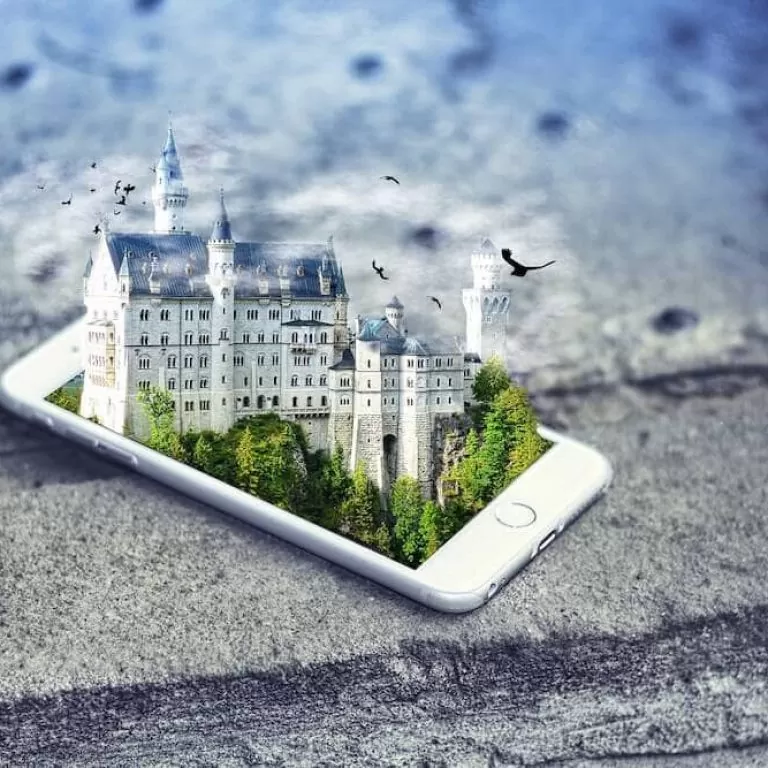
News 360° meets virtual reality
360° video is popular for its immersive effects.
The omnidirectional capability of a 360° camera covers the entire spherical surround of the equipment. This sort of setup allows for light to be captured from all directions, covering a larger field of view than a regular camera.
Offering a massively wider perspective, when played back, a 360° video creates a three-dimensional image that appears to surround the viewer. This way of ‘viewing life in the round’ is becoming increasingly prominent in everyday life.
With developing functionalities on video-supporting platforms such as YouTube, Facebook, and Twitter, users are adapting fresh and unique ways to create and share their own content.
External accessories are available to facilitate the capability of 360° video on smartphones, appealing to the ‘prosumer’ and ‘hobbyist’ markets due to the relatively affordable pricing.
360 and its professional applications
The beauty of 360° video is that the quality of the content produced is developed to be viewed on a two-dimensional display, which means that images can be adapted to a screen of any size without compromising on staggering results.
It is perhaps for this reason that 360° video is particularly beneficial to professional companies in the construction, leisure, and entertainment industries.
The considerable size and scope of their projects can be showcased in full detail with this technology.
Coupled with drone technology, 360° video can reach new heights, capturing extreme aerial perspectives that can be explored in immense depth and detail using the clicking and dragging of a mouse, or a finger on mobile devices.
Go on our virtual tour of London’s Nine Elms redevelopment, created using 360° video and drone technology.
[pano file=”https://www.time-lapse-systems.co.uk/wp-content/uploads/panoramas/battersea_aerial_360/index.html”]
And evident from our 360° capture of the River Rapids water ride at Alton Towers theme park, even when used to showcase smaller projects, such virtual tours can be used to generate publicity using more innovative means.
Certain professional retailers have also incorporated such technologies into their marketing campaigns so as to allow for their products to be viewed ‘virtually’ from all angles.
Virtual reality
In line with the virtual, the potentialities of 360° video are also developing further in conjunction with other virtual reality computer technologies. Like 360° video, virtual reality offers an immersive experience.
Literally meaning ‘near-reality’, virtual reality can be described in more technical terms as ‘a three-dimensional, computer generated environment’ which can be explored and interacted with.
Projecting images via a headset, display and motion sensor technology allows the user to ‘look around’ and explore the artificial world displayed. More advanced headsets also allow for users to interact directly with virtual items and features.
Used with 360° video, virtual reality enables the ability to move freely and provide a richer degree of interactivity.
For gamers this is especially exciting, as much like the ability granted by console control pads, VR headsets go further to give you a fuller, more embodied experience.
BBC innovations and broadcast-related applications
As well as for gaming and entertainment purposes, ongoing research and developments carried out by the BBC, for example, are pushing the boundaries in terms of how virtual reality and 360° video is used.
Rather than focusing on gaming (as is prevalent in the wider technology industry) the BBC is looking to explore how 360° and virtual reality can complement the kind of content that they already produce.
Applications in areas such as journalism, narrative, and educational content are already being trialled.
In this 360° video produced by BBC Natural History Unit, Sir David Attenborough gives you a ‘Virtual Voice’ experience as you both come face-to-face with a titanosaur. Available to view in your Internet browser or using a virtual reality headset, it is easy to envision this being used in a classroom environment.
Similar experiences are available in your Facebook feed, like this one via BBC Earth. The video immerses you in the underwater world of Sipadan off the east coast of Borneo.
As with the previous example, a virtual narrative talks you through these underwater wonders but rather than a virtual environment, the images and sounds that you can see, hear, and explore are rendered from real life.
The BBC are also working on storytelling projects using these technologies, which bring stories to life, and with some headsets even allowing for interactive eye contact with other characters.
In a similar vein, several of their other projects are pushing the boundaries of these virtual reality worlds that can react to some degree to what you do – whether that’s where you look, where you move your hands, or even how fast your heart beats.
This kind of experience is only in its infancy but it could only be a matter of time before such technologies are commonplace – in the world of entertainment as well as education.
Providing audiences with a fuller picture and offering more of a presence in the story, takes the immersive experience granted by 360° and virtual reality to yet another level.
Such ‘spherical thinking’ could heighten emotions and a sense of feeling that is not unlike real life itself.